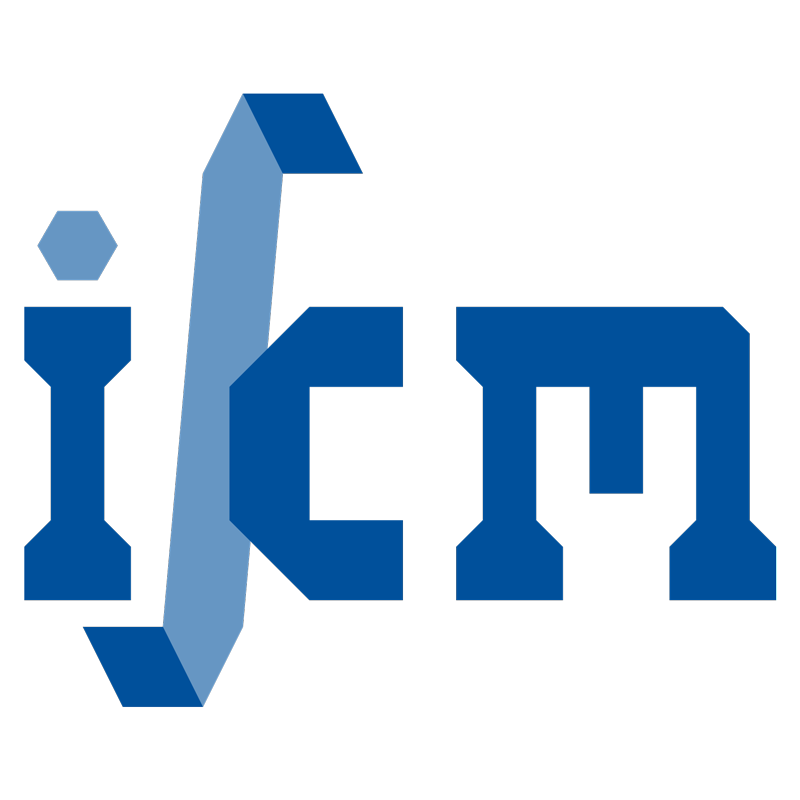Chemo-mechanical modeling of polymeric hydrogels
- authored by
- Aidin Hajikhani
- supervised by
- Peter Wriggers
- Abstract
Hydrogels consist in a water-swollen and self-supporting polymeric network. They can undergo extremely large deformations, their mechanical properties can be tuned finely, and they permit the diffusion and release of molecules. Therefore, hydrogels have found applicability in a wide range of technical applications, especially but not exclusively in the biomedical field. Hydrogels are mechanically stabilized through external agents' action, which induces the formation of crosslinks in the polymer network as a consequence of transport and reactive mechanisms. Due to its unique properties, Sodium alginate is a substrate with great potential as a hydrogel, not only in regenerative medicine but also in many different emerging technological fields like bioprinting, drug-delivery, and microfluidics. Crosslinking increases the hydrogel's stiffness results in inelastic deformations in the polymer network and interacts with constructs' swelling capacity. Controlling this process is crucial for fulfilling functional criteria in several mentioned technological fields. In this regard, the development of new computational models in the field can open the way to novel tools of investigation, boost experimental design, and lessens trial-and-error tests. This work develops a reaction-diffusion model, accounting for the dependence of diffusive properties on the gelation degree. To this aim, the crosslinking kinetics for the chemical gelation of sodium alginate hydrogels via calcium chloride (CaCl2) diffusion is analyzed and compared with experimental measurements, which results in evidence of crosslink dependent diffusivity. Besides, the crosslinking agent alters mechanical properties in the hydrogel. For this reason, this study proposes a thermodynamically consistent chemo-mechanical model in large deformation coupling poroelastic and reactive-diffusive mechanisms occurring during crosslinking in alginate hydrogels. The system accounts for shrinking and swelling effects, fluid movements, as well as the reaction kinetics of calcium-induced crosslinking. Based on thermodynamic considerations, internal stresses directly affect the crosslinking kinetics, revealing a two-way coupling between mechanics and chemistry. The model is implemented in a finite element framework, considering a monolithic coupling between chemical transport and mechanics. The computational framework allows characterizing the (experimentally inaccessible) heterogeneous distribution of chemo-mechanical quantities and hydrogel properties. Several numerical tests are presented to investigate hydrogels' behavior and compare numerical outcomes with available experimental evidence.
- Organisation(s)
-
Institute of Continuum Mechanics
- Type
- Doctoral thesis
- No. of pages
- 131
- Publication date
- 2021
- Publication status
- Published
- Electronic version(s)
-
https://doi.org/10.15488/11108 (Access:
Open)
-
Details in the research portal "Research@Leibniz University"


